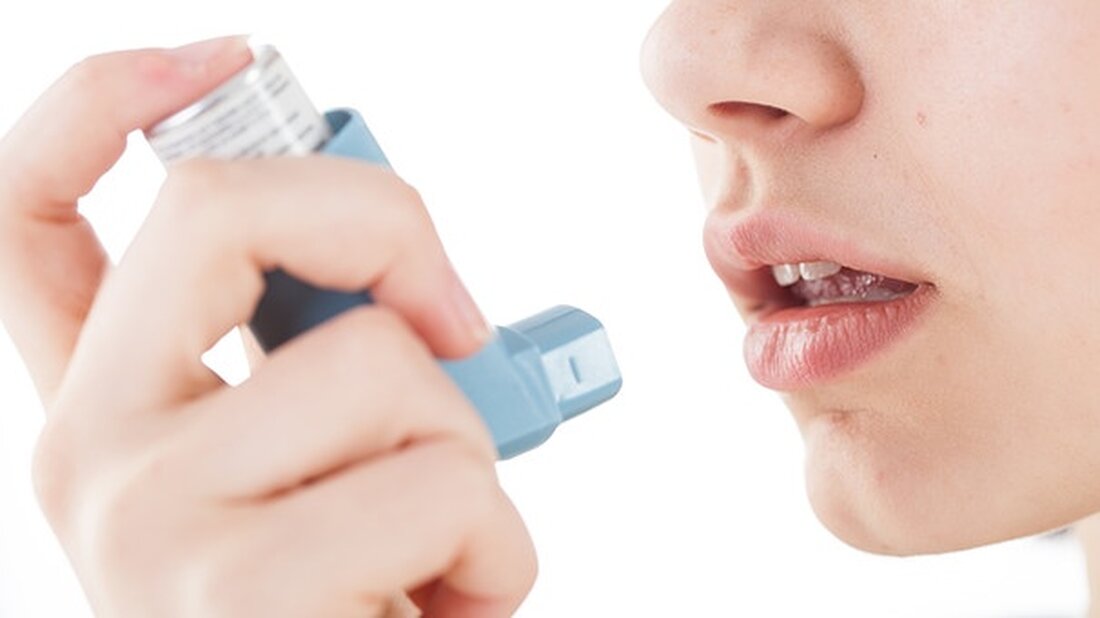Allergies in Children: How They Affect the Ear, Nose and Throat
Children get sick all the time and it is often difficult to tell whether they have an allergy or have simply caught a virus or infection. While allergies often occur after a child crosses the age of four, some of them may show signs of food allergy before then. Otherwise, children under this age may react to dust or pollen in the air. Nasal allergies are very common and can often lead to larger problems such as asthma. These signs include itchy noses, sneezing, nasal congestion, and nasal drainage. Observing the weather conditions in which your child most often experiences these...

Allergies in Children: How They Affect the Ear, Nose and Throat
Children get sick all the time and it is often difficult to tell whether they have an allergy or have simply caught a virus or infection. While allergies often occur after a child crosses the age of four, some of them may show signs of food allergy before then. Otherwise, children under this age may react to dust or pollen in the air.
Nasal allergies are very common and can often lead to larger problems such as asthma. These signs include itchy noses, sneezing, nasal congestion, and nasal drainage. Observing the weather conditions in which your child most often experiences these problems can help a doctor determine whether or not it is an allergy.
Sore throat
Very often an extra amount of mucus can be produced due to an allergy. This can cause nasal drip or dripping into the back of the throat, which then becomes postnasal drip. When this happens, it affects the throat, which can then appear in the form of a cough, a hoarse voice, or a sore throat.
Ear infection
Otitis media, commonly referred to as middle ear infection, is a very common medical problem that occurs in children. Usually, children under 2 years old who suffer from this problem do not suffer from allergy. However, as we age, allergies can play a big role in fluid behind the eardrum, infection, or uncomfortable air pressure in that area.
Sleep disorders
If your child has seasonal allergic rhinitis or perennial allergic rhinitis, one of the most common symptoms is nasal congestion. If there is congestion in the nasal area, sleep disorders often occur. Since the nasal airway is used as a common route for a person to sleep, any blockage or obstruction can lead to snoring or sleep apnea. Sleep disturbances then lead to fatigue, which not only affects the child's quality of life, but also their academic performance and overall development.
Sinusitis
Children who suffer from persistent sinusitis should be checked for allergies. Studies have shown that allergic children are more likely to get large polyps. Adenoids are almond-shaped tissues located on the bridge of the nose. When you see a pediatrician, he or she will review your child's medical history and perform an examination to determine whether he or she likely has an allergy.
Inspired by Juanita Swindell

 Suche
Suche
 Mein Konto
Mein Konto
